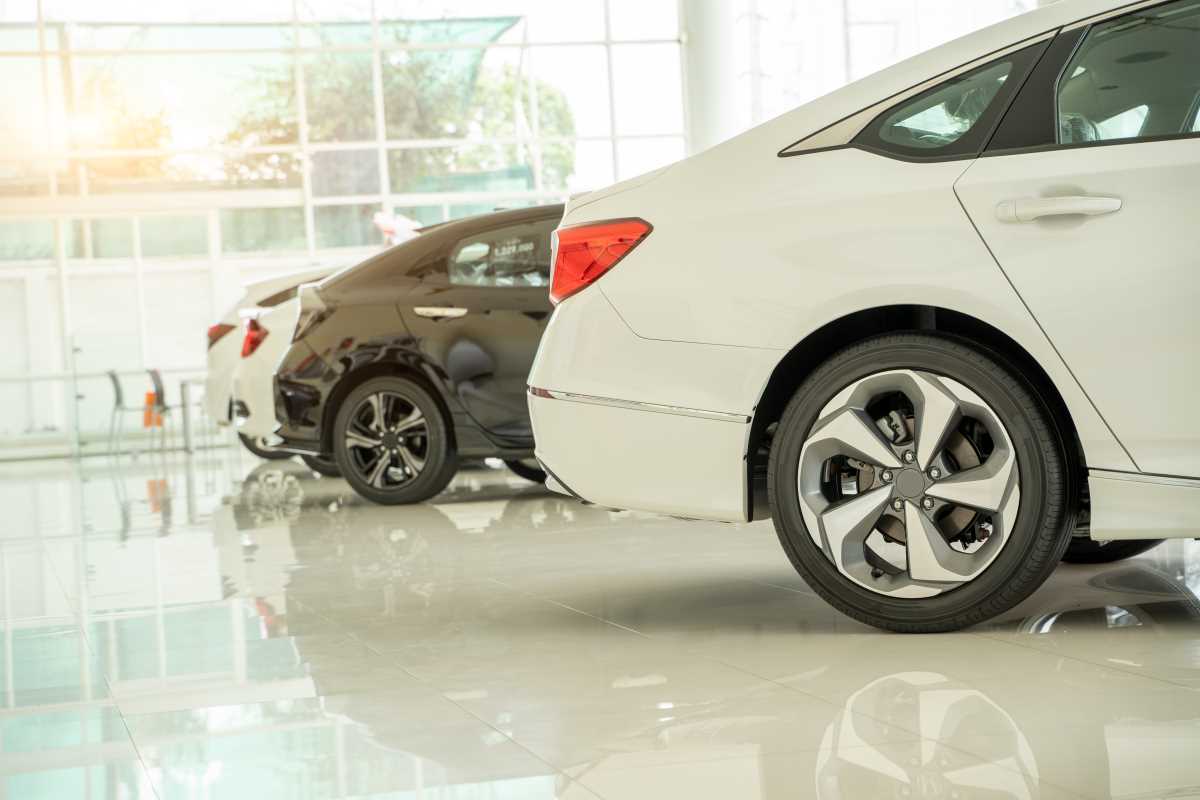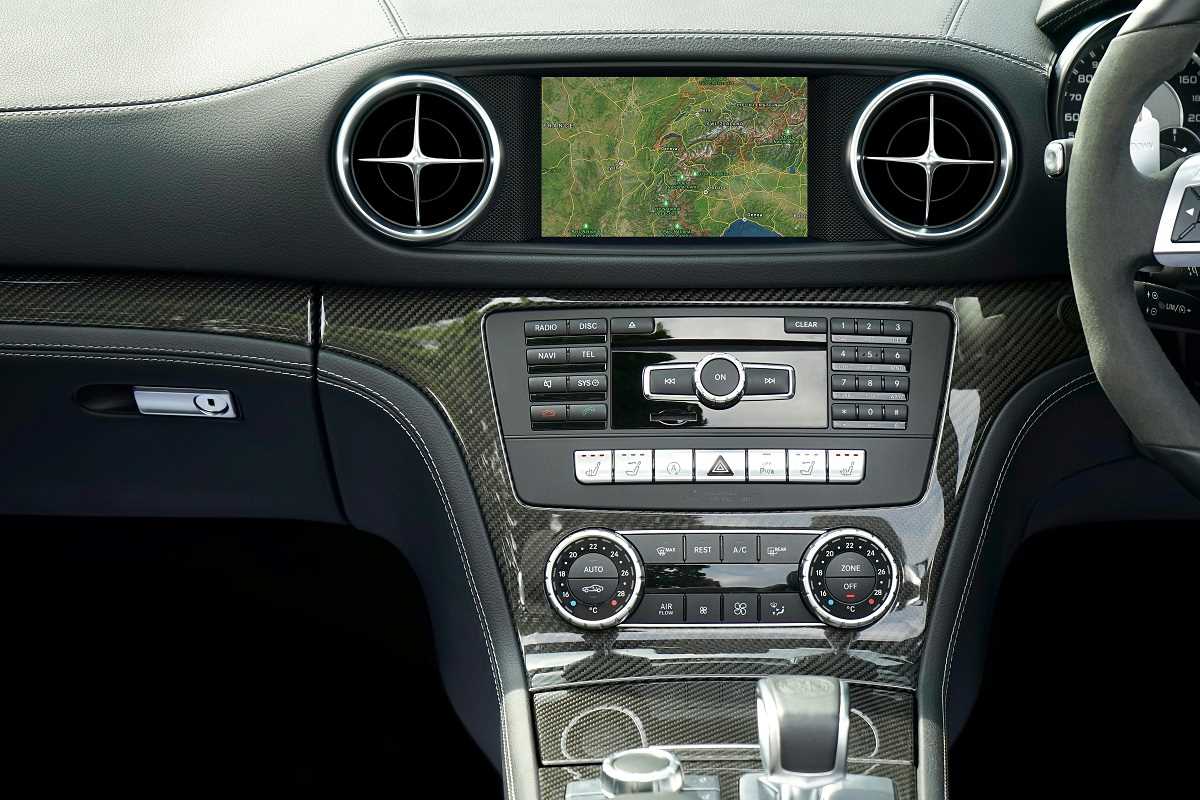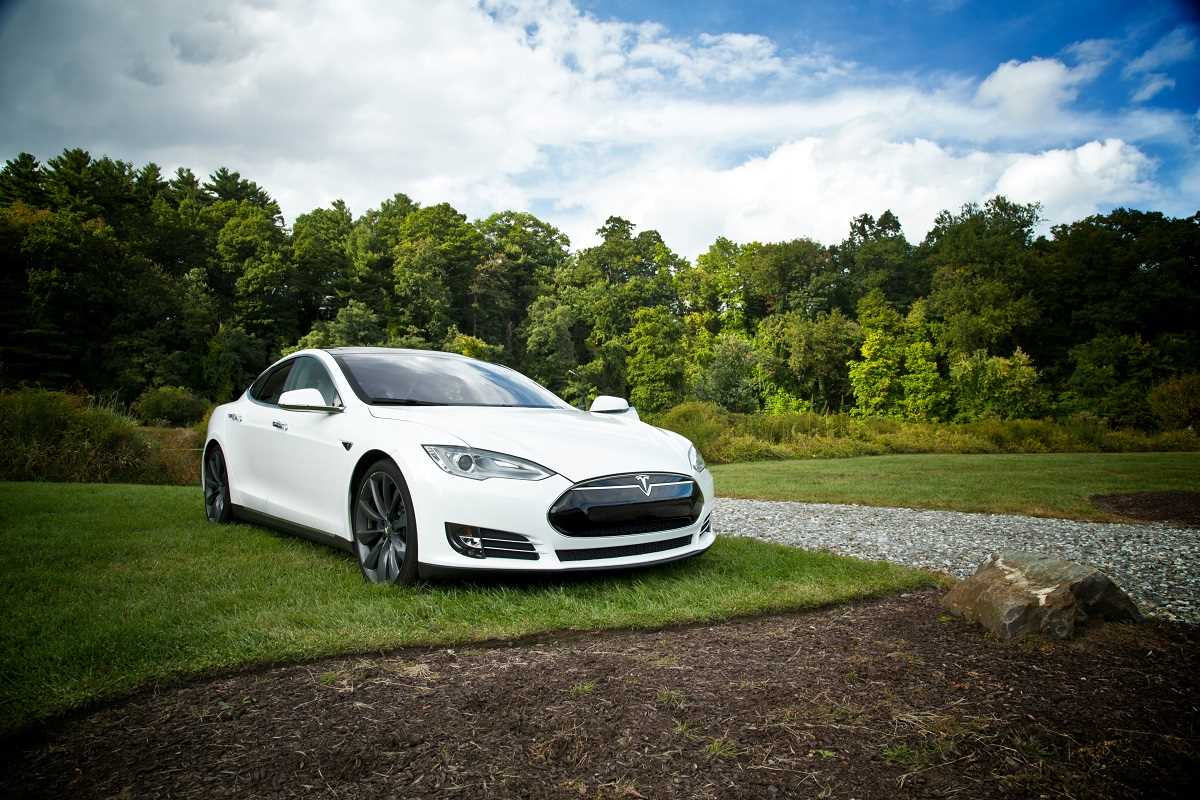When engineering meets the skies, incredible designs are born. Aviation-inspired cars bring the advanced technology, sleek design, and performance focus of the aerospace world into the automotive industry. For auto enthusiasts, this marriage of form and function represents innovation at its finest. Below, we’ll explore how car manufacturers have drawn inspiration from aviation to create some of the most iconic and futuristic vehicles on the road.
The History of Aviation Influence in Cars
The connection between aviation and cars dates back to the early 20th century. During World War I and II, advancements in aerospace technology captured the world's imagination, influencing everything from industrial design to consumer products. Automakers wanted to bring some of this cutting-edge innovation to the ground.
One of the first notable examples was Buckminster Fuller's 1933 Dymaxion Car, a three-wheeled vehicle inspired by the streamlined shapes of aircraft. Though it never achieved commercial success, its futuristic design was an early attempt to explore how aerodynamics could enhance cars.
Post-World War II, aviation’s influence on cars intensified as jet engines and fighter planes became cultural symbols of speed and modernity. The 1950s and 60s saw some of the most iconic examples of this cross-pollination. Take, for instance, the Cadillac Cyclone with its rocket-inspired tail fins and bubble canopy reminiscent of a jet cockpit. Cars like the Chrysler Turbine also experimented with incorporating actual jet engines into vehicles, blurring the line between ground and air travel.
Today, this influence has evolved from visual inspiration to functional enhancements, with manufacturers integrating aerospace-grade materials, aerodynamics, and even technology from the skies into everyday vehicles.
Key Features of Aviation-Inspired Cars
Cars influenced by aviation aren’t just about looks; they incorporate advanced aerodynamics, lightweight materials, and cockpit-like interiors. Here are their standout characteristics:
Streamlined Design
Aircrafts are designed to minimize drag and maximize speed, and the same principle applies to aviation-inspired cars. These vehicles feature sleek, flowing lines and minimal resistance surfaces, often tested in wind tunnels. Models like the McLaren Speedtail echo the aerodynamic perfection of supersonic jets, delivering unrivaled performance on the road.
Advanced Materials
Lightweight yet durable materials are key in aviation, and they’ve found their way into the automotive world. Carbon fiber, aluminum alloys, and even titanium are used in high-performance vehicles to reduce weight without compromising strength. For instance, the Pagani Huayra extensively incorporates aircraft-grade titanium alloys, creating a perfect balance of power and precision.
Cockpit-Like Interiors
Step inside an aviation-inspired car, and you'll feel like you’re piloting a plane. Driver-centric dashboards mimic the layout of airplane cockpits. Think toggle switches, throttle-style controls, and heads-up displays modeled after aircraft instrumentation panels. The Bugatti Chiron’s interior, with its minimalist controls and leather detailing, is designed to evoke the feeling of piloting a luxury aircraft.
Turbocharged and High-Performance Engines
Many aviation-inspired cars draw on jet engine technology for inspiration. Turbocharged and V12 engines power vehicles like the SSC Tuatara, offering both exceptional speed and smoothness on the road. The fusion of aviation engineering principles and automotive advancements has created cars capable of unprecedented performance.
Iconic Cars Inspired by Aviation
1. Pagani Huayra
Named after the Quechuan god of wind, the Pagani Huayra embodies aviation influence at every turn. Its cockpit is a masterpiece of engineering, with aviation-style switches and gauges. Even the seats feel like they belong in a fighter jet. The high-tech aerodynamics and use of titanium (a material prominent in aircraft construction) ensure this supercar is as fast as it is luxurious.
2. McLaren Speedtail
The McLaren Speedtail lives up to its name, promising a thrilling ride inspired by the sleek contours of supersonic planes. From its elongated fuselage-like body to lightweight carbon fiber materials, the Speedtail elevates performance to new heights. Why settle for ordinary when you can drive a car designed with the aerodynamics of a jet?
3. Lexus LC 500 Aviation Edition
A tribute to the skies, Lexus introduced the LC 500 Aviation Edition, limited to just 70 units in Japan. It boasts a carbon fiber-reinforced plastic wing (modeled after airplane wings) and an interior design influenced by aerospace materials. The swooping curves and precision detailing give the car a sense of motion, even when it’s stationary.
4. Bugatti Chiron Sport ‘Les Légendes du Ciel’
Bugatti is famous for its fast, luxury hypercars, and the Chiron Sport ‘Les Légendes du Ciel’ (translated to “The Legends of the Sky”) honors French aviation pioneers. With a cockpit that resembles fighter planes, racing stripes styled after propellers, and a nod to Bugatti’s aviation history, this car bridges the gap between land and air.
5. SSC Tuatara
Designed to conquer land-speed records, the SSC Tuatara’s aviation-inspired body mimics a fighter jet’s aerodynamic flow. Its aviation-grade carbon fiber materials and streamlined profile give it the capability to cut through the air with minimal resistance.
How Aviation Technology Enhances Safety in Cars
Safety is paramount in both aerospace and automotive engineering. Many advances that improve car safety find their roots in aviation technology.
Autonomous Systems
The concept of autopilot in planes has influenced driver-assist technologies in cars. Features such as adaptive cruise control, automatic lane-keeping, and collision avoidance systems take cues from aviation's efforts to reduce pilot error. Tesla, for instance, has implemented advanced driver-assist systems heavily influenced by autopilot systems in aircraft.
Heads-Up Displays
Heads-up displays (HUDs), initially developed for fighter jets, are now increasingly common in cars. By projecting vital information onto the windshield, HUDs minimize distraction and keep drivers’ eyes on the road. Luxury brands like BMW and Audi have taken advantage of this technology to enhance visibility while driving.
Improved Materials for Safety
Aviation-grade materials not only improve performance but also enhance crash resistance. Advanced composites like carbon fiber absorb impact energy during collisions, reducing the chance of injury. Additionally, structural designs informed by aircraft fuselages enhance car resilience.
Data Black Boxes
Just as airplanes are equipped with black boxes to record flight data, many modern vehicles now come with Event Data Recorders (EDRs). These systems provide crucial insights into driving behavior and crash dynamics, helping improve future vehicle designs and ensuring safer roads.
Future Trends in Aviation-Inspired Automotive Design
The line between cars and aircraft is becoming increasingly blurred, with advancements in both industries driving innovation.
Flying Cars
Once a sci-fi fantasy, flying cars are rapidly becoming a reality. Companies like Terrafugia and AeroMobil are developing vehicles capable of operating on roads and in the sky. While these are still in early stages of development, their potential to revolutionize personal transportation is undeniable.
Electric Aviation-Inspired Vehicles
With the global push toward sustainability, electric aviation-inspired cars are gaining traction. Rimac Automobili, for instance, is creating high-performance electric hypercars that marry cutting-edge aerodynamics with eco-friendly technology. Expect lightweight batteries and more aerodynamic efficiency as EVs continue evolving.
Bio-Inspired Aerodynamics
Future vehicles may take cues not just from airplanes but from the natural world, incorporating bio-inspired designs that further optimize airflow and efficiency. Think cars designed with shapes based on birds or insects, inspired both by nature and aerospace engineering.
Advanced Augmented Reality Systems
The next evolution in cockpit design will likely involve advanced augmented reality (AR) displays, offering real-time mapping, hazard recognition, and even virtual co-pilots. Such technologies, once limited to advanced fighter jets, are now within reach for premium automotive brands.
Why Aviation Design Works for Cars
Airplanes are built for speed, efficiency, and precision, and these qualities translate perfectly into high-performance vehicles. Borrowing from aviation principles allows car manufacturers to offer unparalleled speed, safety, and cutting-edge technology for drivers who crave an extraordinary experience.
The Beauty of Craftsmanship
Another reason aviation-inspired cars resonate is the sheer craftsmanship involved. Stepping into one of these vehicles is like entering a work of art made from innovation. From jet-like toggle switches to wind-tunnel-tested designs, every detail reflects a commitment to both aesthetics and functionality.
Aviation-inspired vehicles represent what is possible when two engineering marvels come together. They’re more than cars; they’re feats of innovation that excite the imagination. Whether you’re a fan of cutting-edge performance, aerodynamics, or cockpit-like tech, these vehicles offer unmatched sophistication for every auto enthusiast.
 (Image source: Midjourney)
(Image source: Midjourney) 





